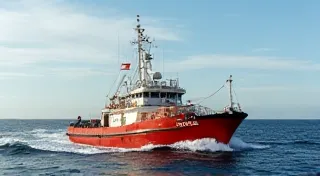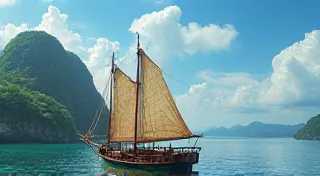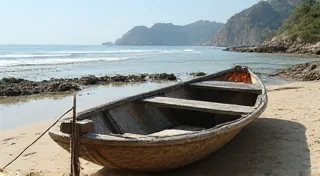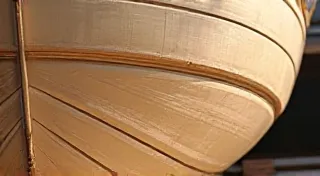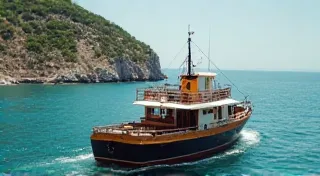The Echoes in the Timber: How Landscape Shapes a Shipwright’s Soul
The scent of cedar, the rasp of a plane against seasoned oak – these are the sensory anchors that tether us to a lineage of skill, a craft passed down through generations. We often focus on the technical aspects of boat building – the angles, the joinery, the calculations. But to truly understand the art of traditional boat construction, we must look beyond the blueprints and delve into the profound, almost spiritual connection between a shipwright’s craft and the land and sea that shaped it. It's a connection where prevailing winds dictate hull shapes, available wood types define construction methods, and even local folklore subtly whispers its influence into the design.
Imagine a world before mass production, before readily available materials. A shipwright wasn’t just building a boat; they were negotiating with their environment, listening to its rhythms, interpreting its needs. They were, in a very real sense, translating the landscape into a seaworthy form. This isn's just about survival; it's a testament to human ingenuity bound inextricably with the natural world, resulting in boats that are not merely vessels, but living embodiments of their origins.
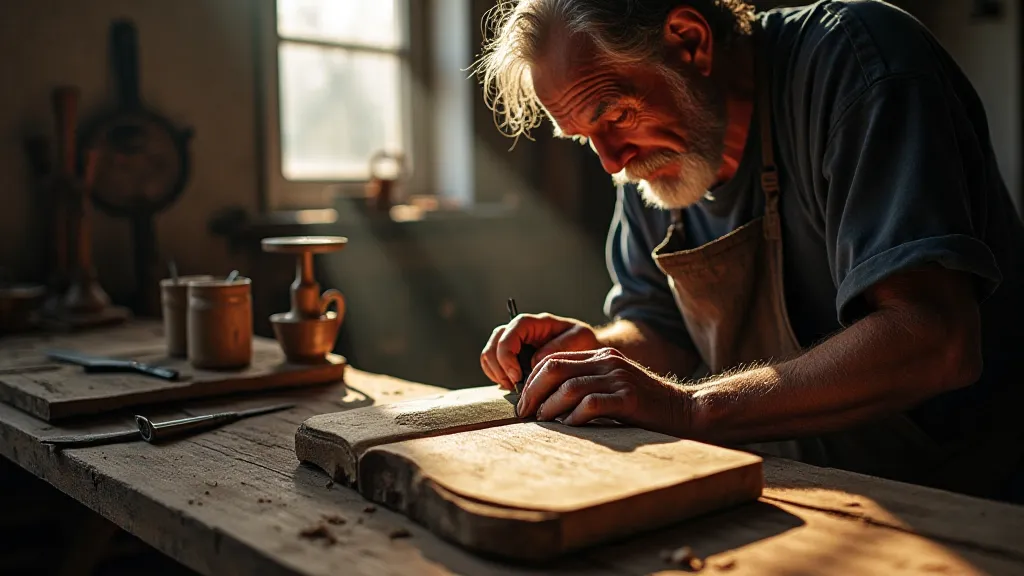
The Norwegian Faering: Shaped by the Fjords
Consider the Norwegian faering. Its distinctive, sharply raked bow and stern, its narrow beam, aren't purely aesthetic choices. They’re a direct response to the unique challenges and opportunities presented by the Norwegian fjords. These long, narrow inlets, often subject to powerful currents and unpredictable winds, demanded a boat capable of navigating swiftly and efficiently. The faering’s design minimized resistance, allowing it to slice through the water with surprising speed. The locally available pine and birch, light yet strong, were perfectly suited for this design. The construction methods, passed down through generations, prioritized lightness and durability, features essential for survival in a harsh maritime environment. The legacy of Norwegian boat building extends far beyond the faering, encompassing a rich tapestry of coastal craftsmanship, a heritage one can explore further through dedicated resources about Norwegian boats and fishing traditions.
I remember speaking with Ole, a retired faering builder in a small village nestled against one of those very fjords. He spoke of how the shape wasn’s something he “invented.” He said it “revealed itself” to him as he studied the way the water moved, the way the wind caught the smaller, experimental boats his father and grandfather had built. He wasn’t just following a plan; he was listening to the wisdom of the landscape.
The Dhow of the Arabian Coast: A Dance with the Monsoons
Move to the Arabian coast, and a dramatically different maritime tradition unfolds. The dhow, with its towering lateen sail, is instantly recognizable. Its design is a masterful adaptation to the region's monsoon winds. The sails, often woven from locally sourced palm fiber, are expertly angled to capture the relentless trade winds that dictate the sailing seasons. The hulls, traditionally constructed from teak harvested from the Indian subcontinent, are renowned for their strength and longevity, essential for long voyages across the Indian Ocean. The global interconnectedness that these vessels facilitated speaks to broader themes of maritime history and trade networks, a complex web of cultural exchange where the ingenuity of shipwrights and navigators shaped the course of history.
The dhow’s evolution also reflects the complex trade networks that once thrived along the Arabian coast. These vessels transported spices, textiles, and precious goods between East Africa, the Arabian Peninsula, and the Indian subcontinent, forming a vital link in a global economy. The skills of the shipwrights were highly valued, and their knowledge was carefully guarded, passed down through family lines.
The Balinese Tekoning: A Fusion of Spirit and Function
Further east, in the Indonesian archipelago, the Balinese tekoning presents a fascinating example of how spiritual beliefs intertwine with practical boat building. These double-ended sailing vessels, traditionally used for fishing and inter-island transport, are considered sacred. Their construction is accompanied by elaborate ceremonies and rituals designed to appease the sea spirits and ensure a safe voyage. The prow of the tekoning is often adorned with intricate carvings representing mythical creatures, believed to ward off evil and guide the vessel through treacherous waters. The selection of wood isn't purely based on its physical properties; certain trees are considered sacred and are used for specific parts of the boat, imbuing it with spiritual power.
I once had the opportunity to witness the launching of a new tekoning. The entire village participated, chanting ancient prayers and offering blessings to the sea. The boat wasn't just a vessel; it was a symbol of community, of faith, and of a deep connection to the natural world. It was a tangible expression of Balinese culture, etched in wood and propelled by the winds. The emphasis on ritual and connection to nature highlights the intersection of culture and craftsmanship – a theme that resonates throughout maritime traditions worldwide. Many coastal communities have developed unique practices surrounding boat building and launching, reflecting deep cultural beliefs and respect for the sea.
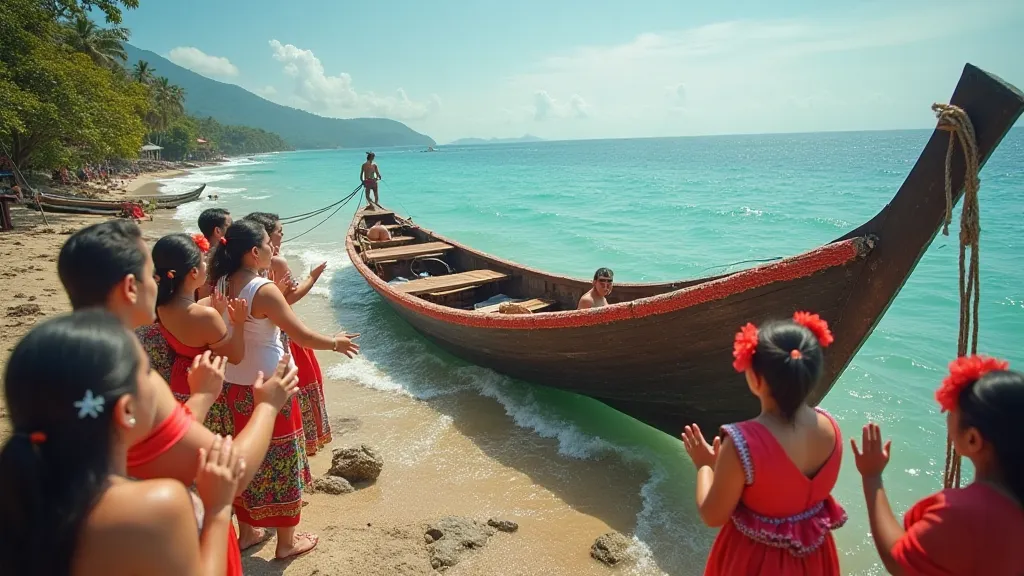
The Legacy of Craftsmanship: Preservation and Appreciation
As the world becomes increasingly industrialized, the traditional boat building techniques described above are facing a perilous future. Mass-produced vessels, built with standardized materials and assembly line precision, have largely displaced these handcrafted masterpieces. The loss of these skills and traditions represents a significant cultural loss, severing a vital link to our past. Many skilled artisans are finding it difficult to pass on their knowledge to younger generations, as the economic incentives for pursuing traditional crafts diminish. However, the appreciation for salvaged materials and unique construction techniques is growing, echoing the ingenuity of past shipwrights and offering innovative solutions for sustainable boat building. Consider the practice of utilizing driftwood, transforming nature’s debris into vessels of beauty and functionality, demonstrating the remarkable resourcefulness of coastal communities.
However, a renewed appreciation for the artistry and cultural significance of traditional boats is emerging. Efforts are underway to preserve these skills, through apprenticeships, workshops, and documentation projects. The stories of those who practice these ancient crafts are invaluable, offering insights into the technical challenges, cultural significance, and spiritual connections that define this unique art form. Understanding the history and evolution of these boats is essential for appreciating their cultural and historical significance. From the nimble Norwegian faering to the majestic dhow and the spiritually imbued tekoning, each vessel tells a story of human ingenuity and adaptation to the natural world.
For those interested in exploring this fascinating world further, there are several avenues to pursue. Visiting maritime museums and historical sites can provide a tangible connection to the past. Collectors often seek out examples of traditional boats, recognizing their rarity and historical value. Even a simple appreciation for the ingenuity and artistry of these vessels can contribute to their preservation. Perhaps most importantly, listening to the stories of the shipwrights, hearing their insights and understanding their deep connection to the sea, can help us to safeguard this invaluable cultural heritage for future generations. The scent of cedar, the rasp of a plane – these are the echoes in the timber, the whispers of a time when human ingenuity and the natural world were inextricably bound. Consider how these traditions are evolving and adapting to modern challenges – a testament to the resilience and creativity of coastal communities worldwide. The careful selection and working of wood, particularly in Portugal, has created distinctive vessels like the Barra, a traditional Portuguese fishing boat, a testament to the enduring spirit of maritime craftsmanship.
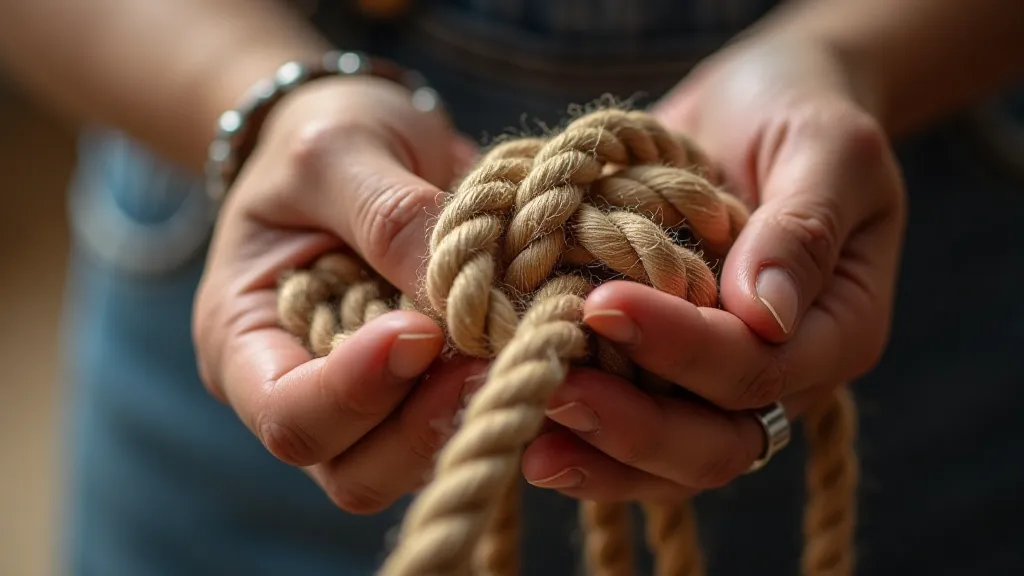
Furthermore, the resourceful application of found materials exemplifies a mindful approach to boat construction. The practice of reclaiming a legacy in salvaged boat construction showcases the innovative strategies employed by shipwrights to minimize waste and maximize the utilization of readily available resources. It demonstrates the profound respect that these artisans hold for the natural world and their ability to transform adversity into opportunity. This philosophy aligns perfectly with the overarching theme of harmonious coexistence between humanity and nature—a crucial principle that shaped traditional boatbuilding practices for centuries.

